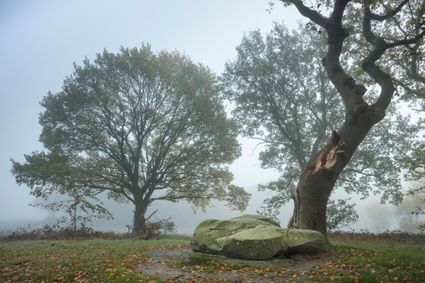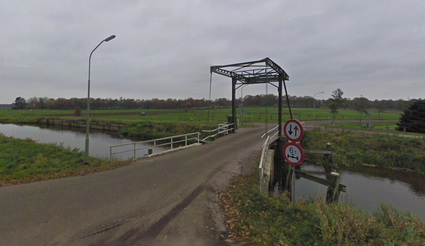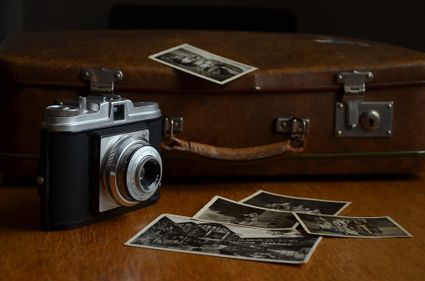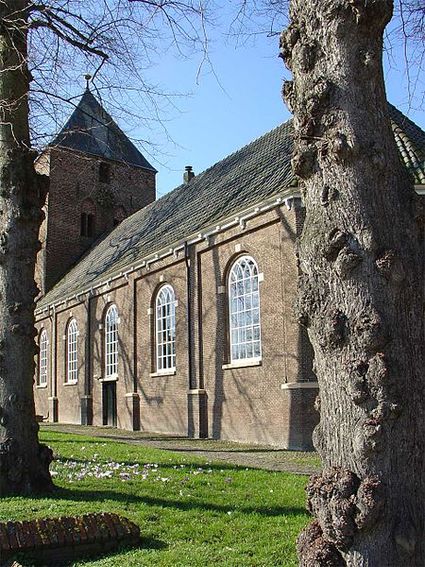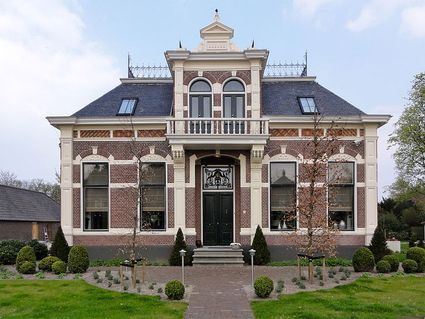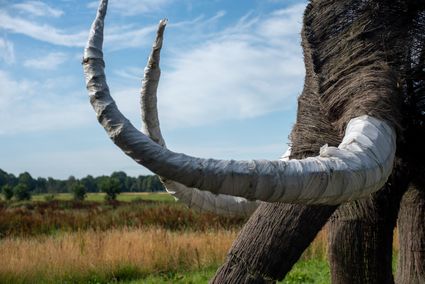Hike
15.0 km (3 hour 20 minutes)
The Dolmen Centre in Borger is the starting point of this lovely trail that passes by six dolmens, as well as being the ideal place to learn all there is to know about Dolmens. It doesn’t get more Drenthe than this.
Track these ancient dolmen builders on the 13.5-kilometre ‘Bijvoetpad’ trail around Borger. You will walk across the Hondsrug and come across many dolmens, as well as forests, fields, meadows, sand, heathland and a canal with bridges and weirs. For a delicious snack or a refreshing drink during your hike, there are plenty of opportunities at the start and end of the trail in Borger and in Drouwen, along the trail.
At the start of the trail, you…
The Dolmen Centre in Borger is the starting point of this lovely trail that passes by six dolmens, as well as being the ideal place to learn all there is to know about Dolmens. It doesn’t get more Drenthe than this.
Track these ancient dolmen builders on the 13.5-kilometre ‘Bijvoetpad’ trail around Borger. You will walk across the Hondsrug and come across many dolmens, as well as forests, fields, meadows, sand, heathland and a canal with bridges and weirs. For a delicious snack or a refreshing drink during your hike, there are plenty of opportunities at the start and end of the trail in Borger and in Drouwen, along the trail.
At the start of the trail, you will virtually bump into the largest dolmen in the Netherlands. It is truly mind-blowing to imagine that people were able to build graves with such large boulders over 5000 years ago. Next, you continue the trail to the other five dolmens.
On the way to the village of Drouwen, you will first come across a trio of dolmens, and as you proceed along the sandy path, you will encounter two more dolmens, hidden in the shade of the trees.
The trail also passes through Bronneger which, according to an old legend, was once the site of a highly civilised town that had been built by giants and was later inhabited by humans.
After leaving Bronneger, you walk back to Borger, the ‘dolmen capital’ of the Netherlands with a view of the Hunze river valley.
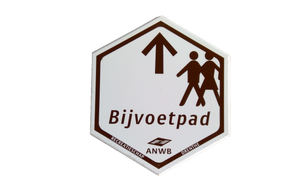

Hunebedstraat 27
9531 JV Borger
Navigate to starting point
The Hunebedcentrum in Borger on the Hondsrug sand ridge of Drenthe takes you back to prehistoric times when the first farmers settled in Drenthe
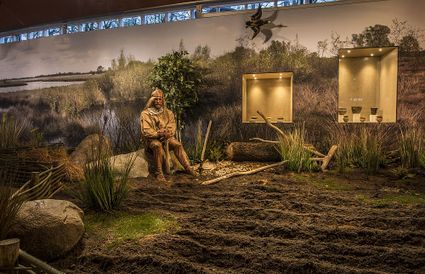
There are two places where you can find three dolmens together, Emmen and Bronneger. These dolmens form a triangle, although this is no longer clearly visible because of the vegetation around the dolmens.
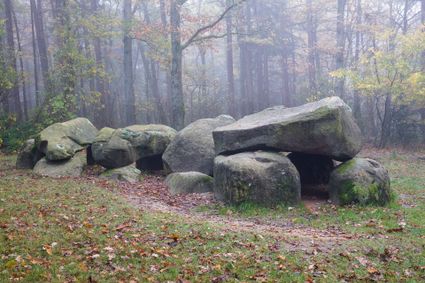
At the village of Bronneger north of Borger you can find no less than five dolmens. Dolmen D21 is the most beautiful dolmen of the five because it is very complete and because most archaeological finds have been made.
